Yates Account
Join now
Create a Yates account today!
Sign up to join the Yates Garden Club for monthly e-mails packed with seasonal inspiration, tips for success & exclusive promotions.
Plus if you’re a Garden Club member you can take part in the Yates Growing Community - a blog to share successes, get advice & win prizes in fun challenges along the way!

Forgot password
Enter the email address associated with your account, and we'll email you a new password.
Phytophthora spp., Pythium spp., Rhizoctonia spp., Fusarium spp., Sclerotium spp.
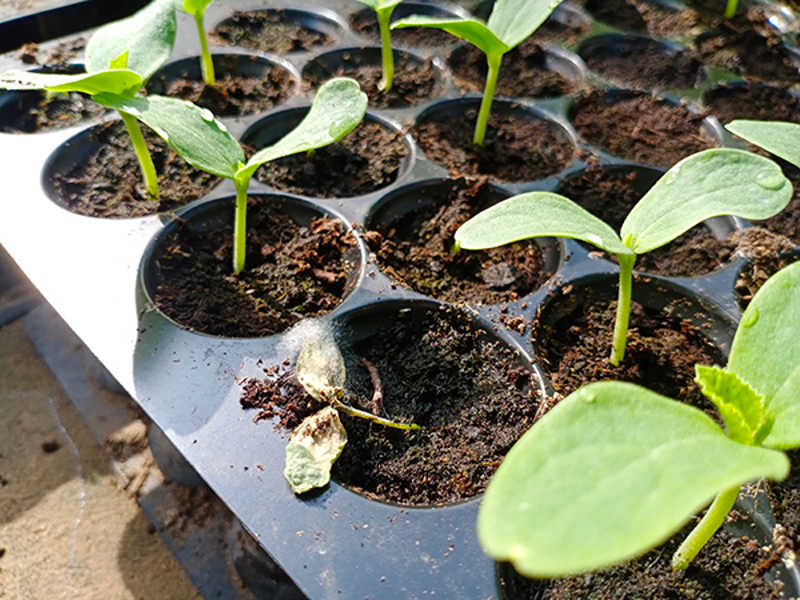
What is Damping Off?
Damping off occurs when vulnerable seeds or seedlings are attacked by various species of oomycetes (aka water moulds) or fungi, causing them to collapse, rot and die. Both types of organism spread via spores, which are often splashed onto neighbouring plants by rain, or wind-blown.
Damping off pathogens prefer moist, poorly drained soils and happily survive on decaying organic matter. Many are non-selective and will attack a wide variety of plants.
Damping off is usually encountered during warm, humid weather, but it’s worsened by overcrowded seedlings, excess moisture and poor ventilation.
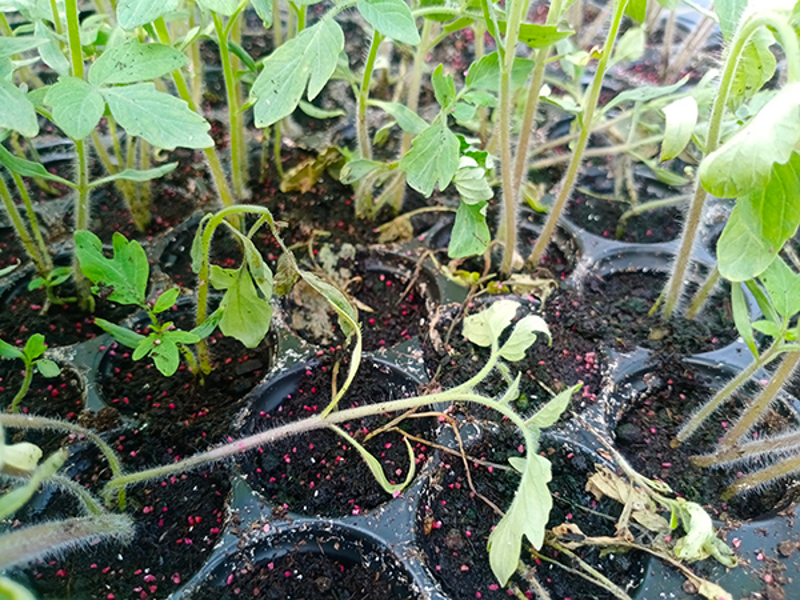
Symptoms
Seeds may fail to germinate, or rot in the soil. Patchy germination that leaves distinct gaps in your seed tray suggest damping off pathogens may be the culprit.
Seedlings can collapse and die immediately after they emerge from the soil. A common symptom is when healthy-seeming seedlings suddenly develop water-soaked or sunken thready-looking lesions on their stems, then flop over and die.
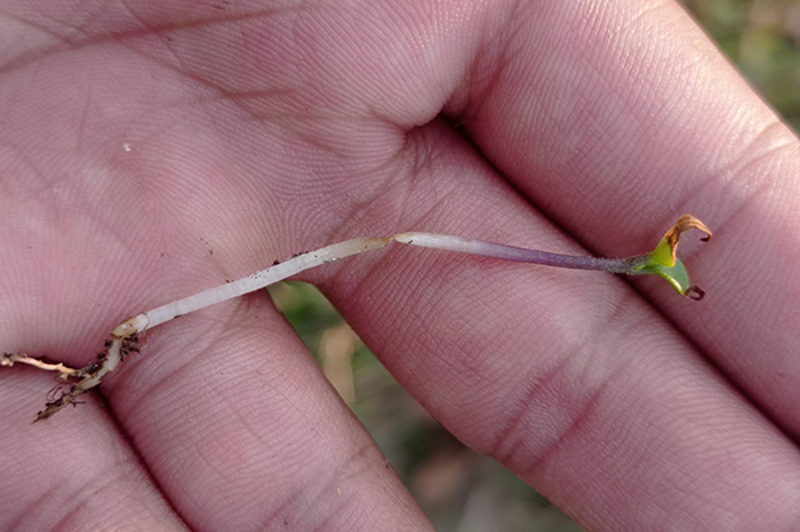
How to Protect Your Plants
- You can lightly dust large seeds like peas and beans with Yates Copper Oxychloride before sowing. This forms a protective barrier against pathogens while the seeds germinate.
- Immediately remove and bin all affected plant material when damping off strikes, to reduce the risk of spreading the disease to healthy plants.
- Clean used seed trays, containers and tools thoroughly before re-using them.
- Don’t be tempted to re-use infected soil, seed raising mix or potting mix, bin it. It’s always good practice to sow seed into fresh seed raising mix.
- Don’t overcrowd or overwater germinating seeds.
- Transplant seedlings into well-drained, fresh potting mix.
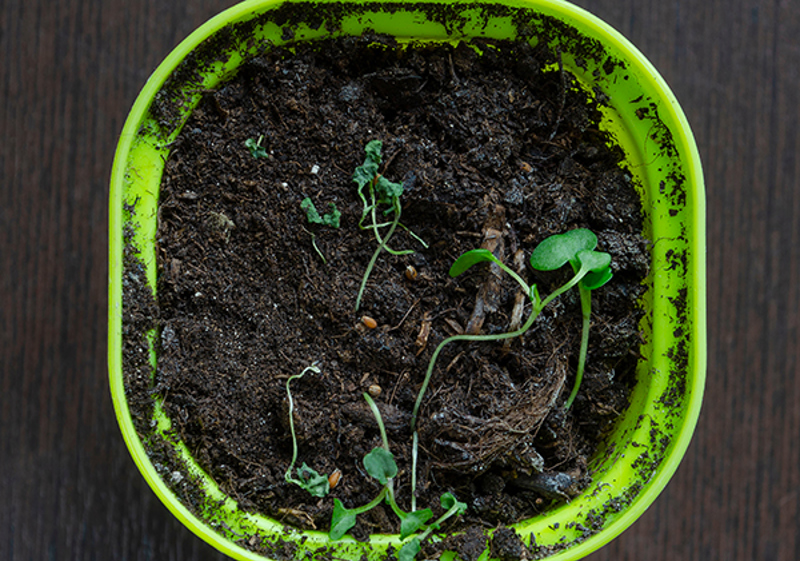
Plants Impacted:
- Seedlings of all types
- Freshly sown lawns
- Cuttings
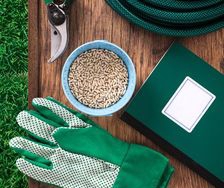
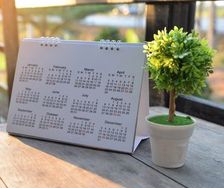
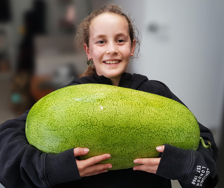
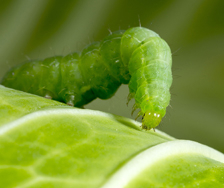
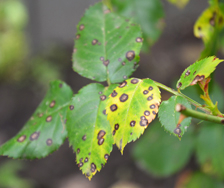
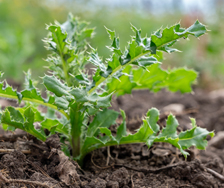
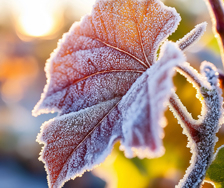








Share
Share this article on social media